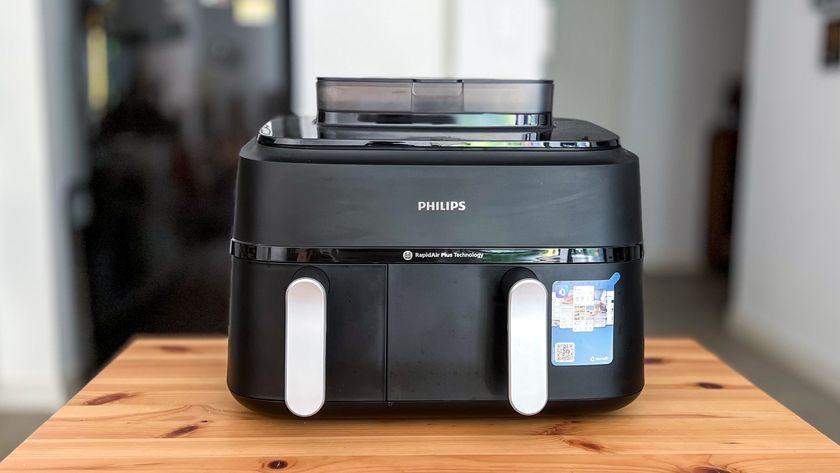Faster Wi-Fi: what's the secret?
Speed up your wireless network
Settings screens for routers vary, but somewhere there will be a W-Fi network menu. Select it and change the default SSID and password to something that's memorable to you. Also, change the admin username and password for the router settings. It's worth taking time to familiarise yourself with the options available.
Router location
Whether we have cable broadband or DSL, most of us have one box that doubles as a modem and router. Its location will be dictated by the location of your phone or cable point, and so you'll be limited in how far you can move it. Nevertheless, you should, as far as possible, place it well off the floor - either wall-mounted or on a desk or shelf, and as far from the corner of the room as possible.
Wireless routers broadcast omni-directionally, and the closer you place yours to an obstacle like a brick wall, the more you'll restrict its signal. Ideally, you'd have it floating in mid-air just below the ceiling in the room that is closest to the centre of the house! Place it as close to that point as you're able.
If your telephone or cable point is in the living room and your study is at the other end of the house, you might have to extend the range of your network or create a new one that has a wired connection to the router - we'll discuss both of these options later.
Surroundings
As we've said, wireless signals are obstructed by walls and other obstacles. Try and keep the area immediately around the router clear of sofas, bookcases, and anything else that might block the signal. If your telephone or cable point is close to the ground in the corner of a room, buy yourself a longer cable and give yourself more flexibility in where you can position the router. If that's not possible, consider buying a separate wireless router and connecting it to the modem/router with an Ethernet cable.
Finally, wireless signals tend to be stronger below the router than above it, so when placing the router, the higher the better. If you plan to use the same one upstairs and downstairs, consider placing the modem/router upstairs, if possible.
Check the signal
Both Lion and Mountain Lion have tools that allow you to monitor wireless performance, but they're hidden away in the System/Library/CoreServices directory. You'll need to use Go To Folder (Command+Shift+G) in the Finder's Go menu to access the directory. In Lion, the tool is called Wi-Fi Diagnostics; in Mountain Lion, it's Wireless Diagnostics.
Get daily insight, inspiration and deals in your inbox
Sign up for breaking news, reviews, opinion, top tech deals, and more.
When you've found it, launch it and select Monitor Performance. In Lion, all you need to do is click Continue. In Mountain Lion, click the Window menu and select Utilities (Command+2). Click the Performance tab. Depending on which version you're using, you'll see one or two graphs; both display the signal-to-noise ratio of the wireless signal. You can monitor the effect of any changes you make to router location.
Your aim should be to maximise the difference between signal strength and noise, but focusing on reducing noise. Why? Because most of the time, your wireless network is a direct conduit to your internet connection, and it's the internet connection that acts as a bottleneck, not the signal strength of your wireless network. An unacceptably high level of noise, on the other hand, can lead to dropped packets, poor performance and dropped connections.
Using Wireless Diagnostics is useful if you use AirPlay to stream audio and video from your Mac or iOS device to an Apple TV or AirPlay speaker, particularly if you mirror apps from an iOS device.



